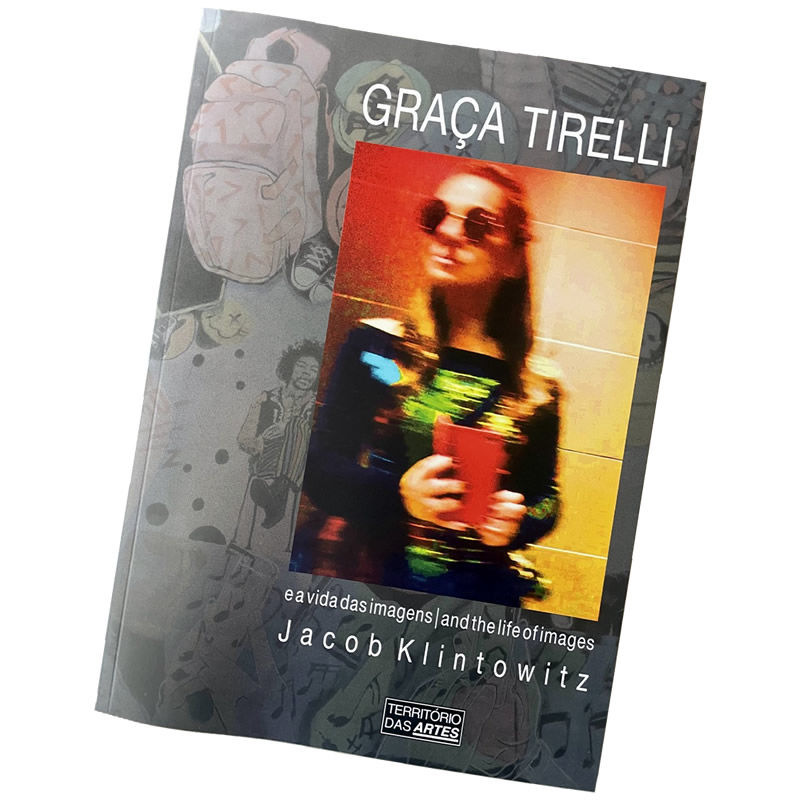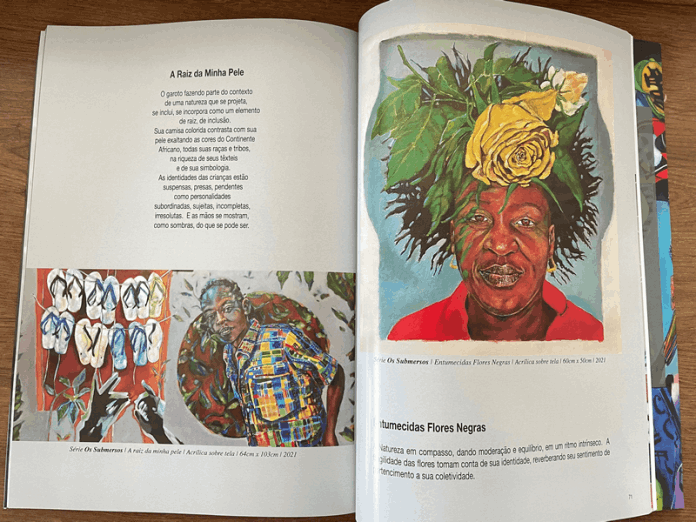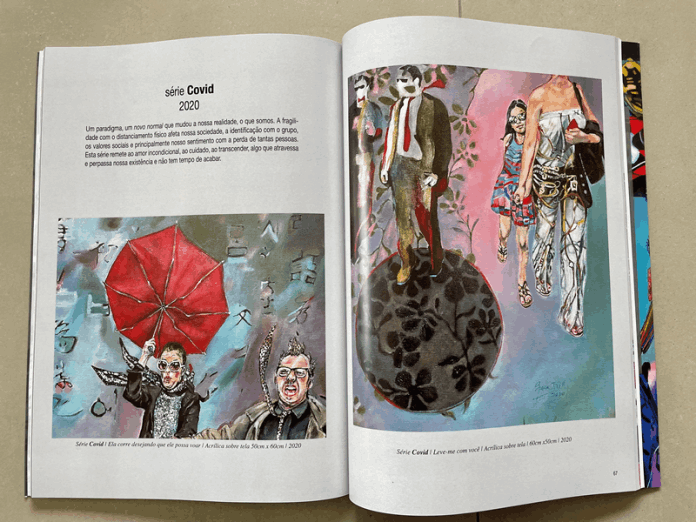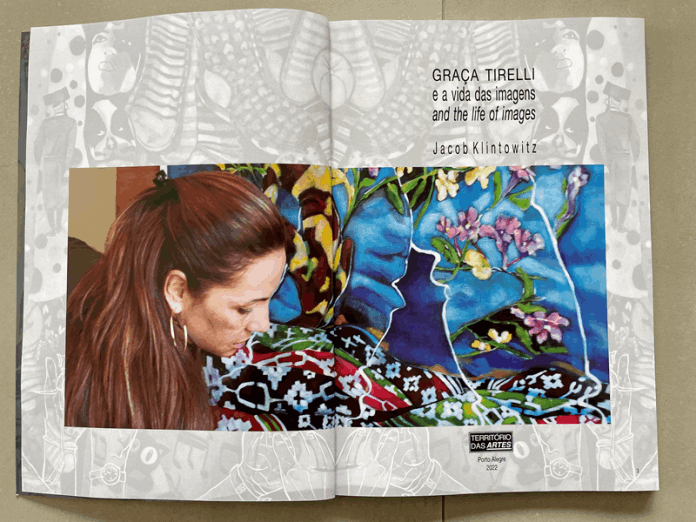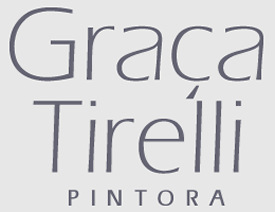Graça Tirelli and the life of images.
Jacob Klintowitz
The most persistent myth of humanity, the one that seems like a yearning for the imagination, a place where children and the elderly daydream, tells of an era when men recognized each other and did not know that the world would be divided among the rewards of the good and the evil and that, so often, they would not know how to distinguish one from the other. This myth continues to exist among some artists and it was up to Art to resurrect it more clearly and highlight this golden desire. Art was responsible for bringing the myth, the Tree of Life and the innocence back to us, without the need to believe in the divine or in the divinity. The myth emerged facing the new time.
Amidst mists and luminous clippings, many artists, and not only them, feel an extreme desire to review and recognize what is still hidden or forbidden. The artist reveals and shapes what were fragments in us. It is the awareness of our time.
Jean Arp, Henri Matisse, Claude Monet, Pablo Picasso, Henry Moore, Paul Gauguin, Vincent van Gogh, Kasimir Malevich, Constantin Brancusi, Paul Klee, Marc Chagall, Alexander Calder, Francis Bacon, Jackson Pollock, Isamu Noguchi, Israel Pedrosa, Mario Cravo Jr., Mario Cravo Neto, Rubens Matuck, Luise Weiss, Marcello Grassmann, Octávio Araújo, Bruno Giorgi, Carlos Araujo, Miguel dos Santos, Francisco Brennand, Bené Fonteles, Franz Krajcberg, among hundreds of other artists, address this issue.
Graça Tirelli is part of this cast that retrieves the myth and turns it into art. The symbols that Graça Tirelli registers and renovates with her invention are painted as inscriptions, the clear and incisive drawing, the focused image on the support, the rip, the cut, as if it were a stone, a witness to immemorial times. Inscription on the stone, a scratch in the earth, a mark on the cave wall.
This is the artist's procedure: sharpness, a map of records of the peoples of the world, inscriptions on the stone. Visuality never relinquishes visuality. Graça Tirelli keeps the essence of the painting.
Two or three different treatments for figures with different meanings in the same painting, as if they were temporal dimensions that coexist in the same pictorial space. Hairline figures, silhouettes, some cave drawings. Black and white portraits. Rock showcases, too. The record of that exact moment.
Sometimes the longing for this glimpsed collection is almost unbearable. The painter Graça Tirelli conveys the feeling that she wants to eat up the heart of the world; her thirst for humanity is so insatiable that she will never be satisfied, unless, of course, she herself becomes the heart of the world.
Heart of the world is something like the center of the world. Each tribe has a sacred place where the center of the world is located. And all these sacred places, the centers of the world, are the true and only center of the world. On Easter Island, a native once took me – great deference – to see the center of the world. And he asked me: what are you feeling? And I replied: an overflowing emotion. I am finally at the center of the universe. Onphalon, the center of the world. Omphalos. Symbology of the spirit.
In Paul Gauguin's diary, “Noa Noa”, (written on Hiva Oa Island, Marquesas Islands, French Polynesia) he describes an islander who walks, an absolute harmony; it is a testimony and a perception of the difference of France, at that time a symbol of the Western civilization, for the existence viscerally linked to nature. There is a multiplicity of senses and a certain melancholy in Gauguin's gaze... He had lost the nature of himself, in his body, in his instinct, in his soul, and he did not know if one day it would return; he was really aware that nature exists! At this moment, the one of awareness, Gauguin was the heart of the world.
The dream of the meeting with humanity, the recognition and the awareness. The search for a real, pure image, not contaminated by civilization. An impossible purity, for man is the son of language. But awareness, in its crystal beauty, is possible.
The amazing progress of the twentieth century in showing that we are all one species, the same DNA and that the fundamental images, which form the psyche, are always repeated: archetypal images. According to art and history and anthropology, the concept of the existence of a collective unconsciounesss is perfectly demonstrable.
Graça Tirelli is a painter who searches for the roots of the human being, the symbols of civilizations, the essential signs, images such as engravings, carved shapes, drawn shapes, tattoos, marks that point out the paths and the identity.
“I work a lot and I love what I do. I have this attitude of being alone, and completely involved. I feel very good. I think that a characteristic of a painter, writer, focus, the introspection, so that the creative process can happen.”, says painter Graça Tirelli.
